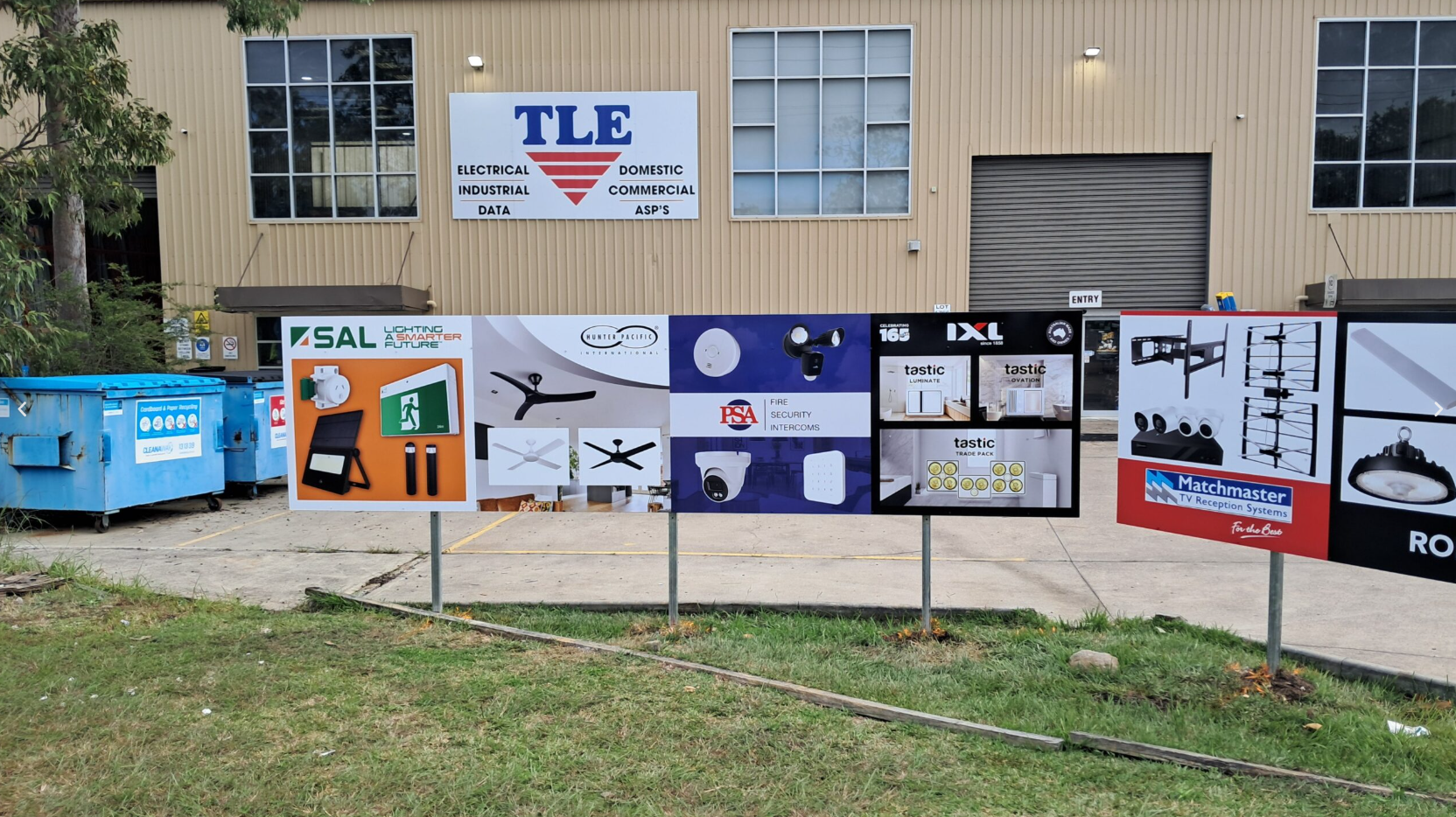Why Comic Book Illustration is a Unique Form of Storytelling
Comic book illustration stands as one of the most dynamic and compelling forms of storytelling. Unlike traditional novels or films, comics combine the visual and written word to tell a story in ways that neither medium can achieve on its own. The interplay between imagery and text allows comic book artists to convey emotions, actions, and moods with a level of nuance and immediacy that is both unique and highly effective. This fusion of visual art and narrative structure gives comic book illustration its distinct flavor, allowing it to connect with readers of all ages on a deep emotional and intellectual level.
In this blog, we will explore why comic book illustration is such a unique and powerful storytelling tool. We’ll also compare it with children’s book illustration, another form of visual storytelling, and examine how the creative process differs in each. Additionally, we’ll look at how platforms like Author Publications can guide aspiring comic book creators in their journey and help bridge the gap between writers, illustrators, and readers.
Comic Book Illustration: A Fusion of Art and Narrative
At its core, comic book illustration is the harmonious blend of art and words. While novels rely solely on written language to create imagery and build emotional landscapes, comics leverage both visual and textual elements to create a more immersive experience. This fusion allows comics to depict complex actions, emotions, and narratives in a visually engaging way that captures readers’ attention immediately.
One of the most exciting aspects of comic book illustration is its ability to condense complex ideas into highly visual formats. The combination of sequential art with a written script allows for an efficient storytelling method that can quickly establish time, place, and characters, providing instant context with every page turn. Panels and frames guide the pacing of the story, using visuals to signal emotional tone or narrative shifts. By utilizing the space between panels (known as the “gutter”), comic artists can manipulate time, creating moments of suspense or surprise, and influencing the reader’s experience in ways other mediums cannot.
For example, a single comic panel might depict a character’s face in close-up, conveying intense emotion. The next panel could zoom out to show a wide shot of the environment, placing that emotion within a larger context, while the dialogue complements the visual storytelling. Through this combination of art, color, and text, comic books allow the reader to experience the story both intellectually and emotionally.
The Role of Author Publications in Comic Book Illustration
When venturing into the world of comic book illustration, writers and illustrators alike can benefit from platforms like Author Publications, which offer expert guidance on creating and publishing comics. Author Publications provides resources for writers looking to team up with illustrators, offering tools for collaboration and ensuring that the vision of both the writer and the artist is fully realized. They help authors navigate the unique challenges of comic book creation, such as pacing, layout, and dialogue.
Many aspiring comic book authors struggle with understanding how to write for a medium that relies so heavily on visual components. The art is as much a part of the storytelling process as the words, and finding the right balance can be difficult. Author Publications often provide insights into the intricacies of visual language, helping writers learn how to write scripts that give the illustrator room to shine while maintaining narrative clarity. For illustrators, Author Publications can be a valuable resource in offering examples of layouts, panel composition, and visual storytelling techniques that enhance the reading experience.
Comic book creation requires a collaborative effort, and Author Publications can help foster this collaboration by providing a platform for authors, illustrators, and other creative professionals to come together. Whether you’re a writer looking to partner with an artist or an illustrator hoping to connect with a publisher, these platforms serve as a bridge between creators and the larger comic book industry.
Visual Narrative: How Comic Book Illustration Speaks Without Words
What sets comic book illustration apart from other visual storytelling forms is its capacity to communicate a wide range of emotions, actions, and ideas without the need for extensive dialogue. Comics often allow the pictures to speak for themselves, with the dialogue serving as a secondary tool that enhances or clarifies the emotions or actions being portrayed. This concept is a critical component of comic book storytelling, as it forces both the writer and the artist to focus on showing, not telling.
For instance, in a comic book illustration, a character’s gesture, posture, and facial expression can communicate volumes about their state of mind. The artist can choose to draw the character in an exaggerated way to convey strong emotions such as fear or excitement. The colors used in a scene—bright reds for anger, soft blues for sadness—further emphasize these emotions. By allowing the illustrations to carry so much of the emotional weight, the artist gives the reader a deeper connection to the characters and the narrative.
Additionally, the layout of the comic page plays a significant role in how the story unfolds. The arrangement of panels can control the pacing of the narrative, speeding up moments of action with rapid-fire panels or slowing down the suspense with wide, expansive frames. This dynamic pacing is something that comic book illustration excels at, giving artists and writers the tools to manipulate time, perspective, and rhythm in ways that are unique to the medium.
Comparing Comic Book Illustration and Children’s Book Illustration
While comic book illustration and children’s book illustration are both visual storytelling mediums, they cater to different audiences and use different techniques to convey their messages. Children’s book illustration typically focuses on simpler narratives and more straightforward designs, whereas comic books explore complex storylines, often with mature themes.
Children book illustration tends to prioritize simplicity and clarity. The art is usually bright, colorful, and designed to catch the eye of young readers. The illustrations in children’s books are integral in helping children understand the plot, characters, and emotions. These illustrations often work hand-in-hand with the text, providing visual cues that make it easier for children to engage with the story.
On the other hand, comic book illustration often involves more intricate designs and can include complex storylines that span multiple issues or volumes. While children’s book illustrations are often meant to be cute, playful, and whimsical, comic book illustrations can be dark, gritty, and highly stylized, depending on the genre. The more mature audiences that comics cater to allow for a broader range of artistic styles and emotional tones.
Despite these differences, both forms of illustration share the same fundamental goal: to enhance the storytelling experience through visual means. Whether it’s a picture book or a graphic novel, illustrations allow readers to see and feel the story in ways that written words alone cannot achieve. The visual element in both forms allows the audience to connect with characters and themes on a deeper level, creating a richer, more immersive reading experience.
The Future of Comic Book Illustration: Technology and Innovation
The future of comic book illustration is exciting and full of possibilities. With the advent of digital tools, comic book artists now have an expanded set of tools to bring their stories to life. Digital platforms allow illustrators to experiment with various textures, lighting effects, and color palettes, making it easier to create highly detailed and polished comic book pages. Webcomics, digital comic platforms, and crowdfunding have also opened up new avenues for independent creators to publish their work and reach global audiences.
Digital tools like Adobe Photoshop, Clip Studio Paint, and Procreate allow artists to work faster and with greater precision, while also enabling them to share and collaborate more easily with writers, editors, and publishers. The growth of webcomics has democratized the comic book industry, allowing a wider range of voices and styles to emerge.
On the other hand, some artists continue to work with traditional methods—pencil, ink, and watercolor—preserving the tactile feel of physical art. Whether digital or traditional, the future of comic book illustration lies in the continuous evolution of techniques and technologies that push the boundaries of visual storytelling.
The Uniqueness of Comic Book Illustration
Comic book illustration is a medium unlike any other. It combines the power of the written word with the artistry of visual representation, creating a storytelling experience that is both immediate and lasting. From action-packed sequences to poignant moments of emotional depth, the combination of text and illustration allows comics to convey ideas and emotions that are difficult to achieve with just words alone.
By working with platforms like Author Publications, comic book authors and illustrators can find the resources, tools, and collaborators they need to create exceptional works of art. Whether you’re a writer embarking on your first comic book project or an illustrator looking for your next big opportunity, understanding the unique qualities of comic book illustration will help you create a narrative experience that resonates with readers on a profound level.
In the end, comic book illustration is more than just an art form—it is a language all its own, capable of telling powerful stories that entertain, challenge, and inspire readers around the world. Whether you’re working on a graphic novel, a webcomic, or a children’s picture book, the beauty of visual storytelling lies in its ability to transcend barriers, creating stories that speak to readers of all ages and backgrounds.














Post Comment